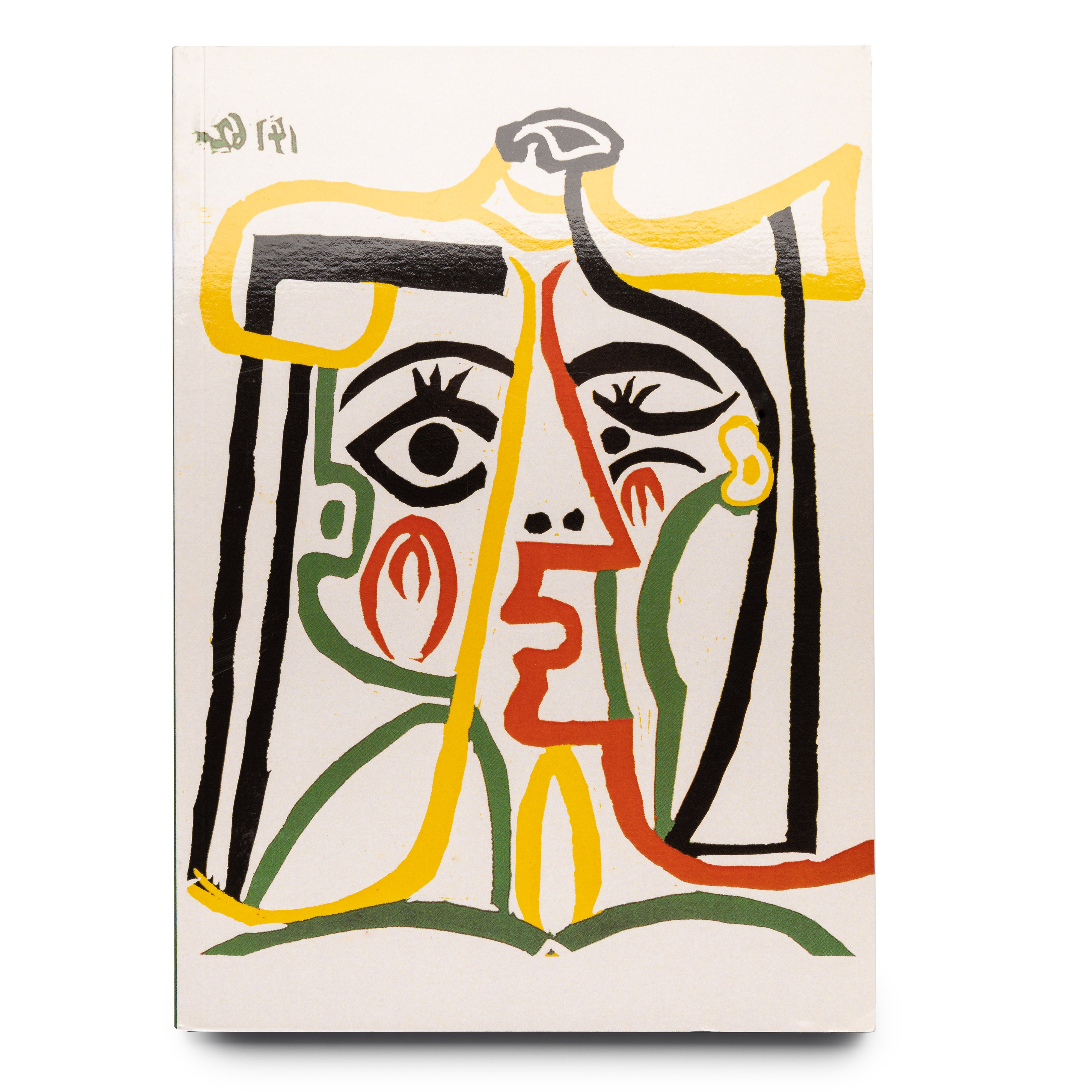The imminent outbreak of the Second World War led Picasso to leave Paris and move to Royan. Together with his partner Dora Maar, Jaume Sabartés and Sabartés’s wife, the artist settled in this small town on the French Atlantic coast in early September 1939, shortly before the start of the conflict, and remained there until August 1940, occasionally making trips to Paris. Also living in Royan in a clandestine manner were Marie-Thérèse Walter and their daughter Maya, whom Picasso had decided to remove from Paris too.
The turbulent international situation was thus further complicated by the artist’s own tangled personal one, sharing space with his new lover, his ex-lover and his daughter. This portrait based on Dora Maar was executed just two months after their arrival in Royan and responds to a lengthy process that is evident in the four preparatory studies which Picasso executed in a sketchbook between 3 and 9 November. The work’s vertical structure, with the face looking upwards so that the nose is located at the top, had already appeared in earlier works but without achieving the synthesis of this oil, which surpasses even the dynamic line of the prescripts and postscripts of this work.
Absent here are the elements that define Dora, such as her eyebrows and nails, and Picasso only retains the short, greased-back hair and above all the striking and anarchic movement of her arms. In this case, rather than suggesting repose, the arms crossed behind the head evoke the constantly high-strung state in which Dora found herself according to various accounts. One of those who described her was Brassaï, who said that Dora was ‘prone to outbursts and temper tantrums.’ Rather than ignore this aspect of her character, Picasso took it to its extreme in the portraits he made of her between 1939 and 1940. Despite living in a time of war the artist rarely depicted explicit violence and rather expressed it through the distortions of his model’s face.
The deformed portraits that he made in Royan through the use of a deliberated randomness are not exclusively based on Dora. They also include his secretary Sabartés and the mother of Marie-Thérèse, who likewise moved to Royan at this period. None of those works, however, transmits the degree of violence and turbulence present in the portraits of Dora, which undoubtedly constitute one of the high points of Picasso’s career.
Text: Eduard Vallès, ‘Bust of a Woman with Arms Crossed behind Her Head’, in Pablo Picasso: New Collection 2017–2020, Málaga, Fundación Museo Picasso Málaga, Legado Paul, Christine y Bernard Ruiz-Picasso, 2017, pp. 264–65.





